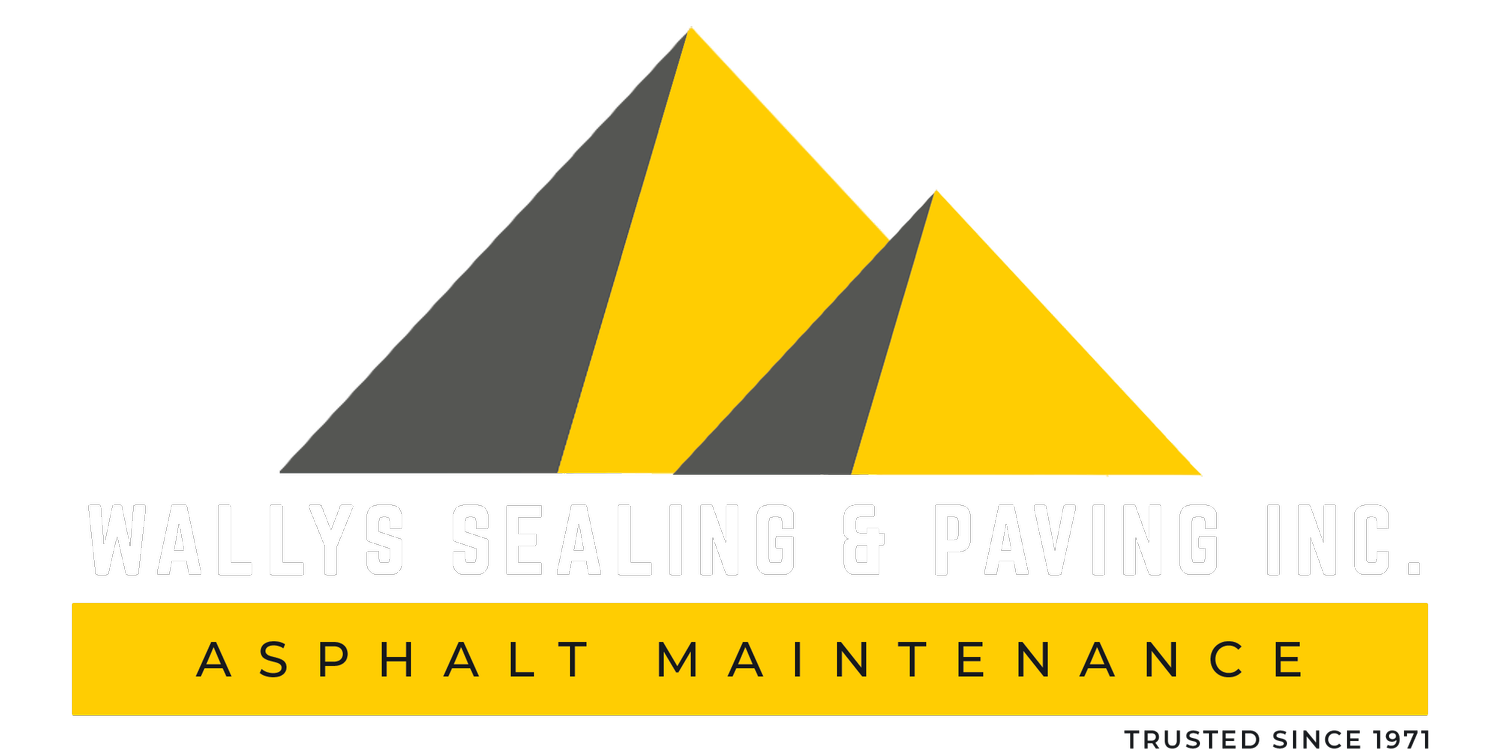CULVERT REPAIR AND INSTALL
CULVERT REPAIR AND INSTALL
Culverts are necessary pathways for helping water flow beneath driveways. When old metal culverts begin to lose their form and strength, the driveway surface above can begin to crack, rise, or sink. This also leads the guided flow of water beneath your driveway to become disrupted and clogged with debris. Constant frost and dethaw can also add to the cracking of an asphalt surface above the culvert. These culvert issues and eye soars are problems that Wally’s Sealing & Paving Inc. know how to fix and bring full repair to.
OUR PROCESS
Our estimating team will first come to site to see and assess the culvert needing replacement or repair. Our quote will note the details needed to ensure that the culvert and driveway are brought back to 100%, by guaranteeing a fix for undisrupted flow of water beneath and safe travel for cars above.
Our team will then order the required corrugated steel or heavy-duty corrugated plastic culvert from the manufacturer. When all materials to complete the job are acquired, our team will come to site to complete the job. First step is digging out and removing the surface above the culvert and then removing the old, damaged culvert. Once all debris is removed, we will then regrade the surrounding ditch and prep the base for the new culvert. Surrounding ditch will be graded and base will be prepped, leveled, and tamped so that water can flow through the new culvert without disruption. After affirming the culvert allows for an undisrupted flow of water, we will then fill a minimum of 6” of tamped crushed granular based gravel on top of the culvert. This will secure the culvert in place and provide a strong base for the new asphalt surface above. We will then pave to grade the new asphalt surface with compressed hot HL3 asphalt.
If hot asphalt is used for repairing the surface, we will recommend a 14-day curing time at the minimum. If necessary; you can walk on it after 24 hours, you can drive on it after 72 hours, and you can park on it after 14 days. In these early stages of curing, we recommended no turning car tires – always drive straight on the asphalt (for 6 months). In the summer, if possible, wait at least a month before parking on the new asphalt that extends the surface above your repaired culvert. The added heat keeps the asphalt more pliable and the risk for early surface damage is higher.




